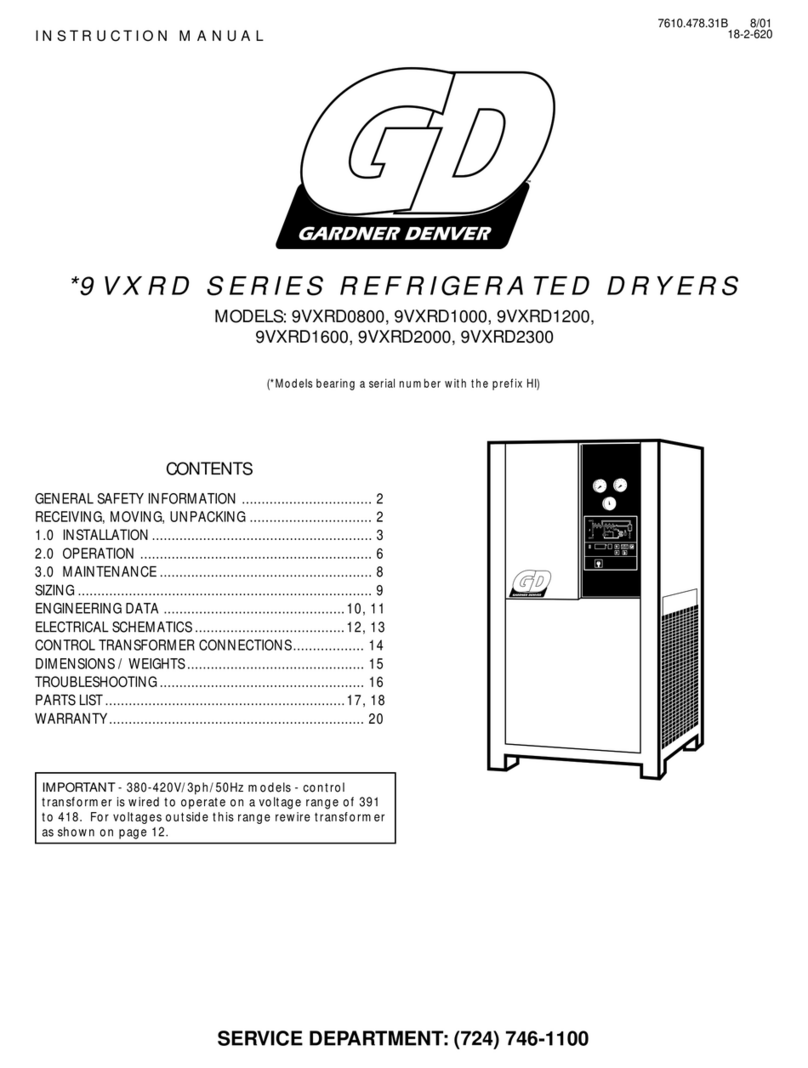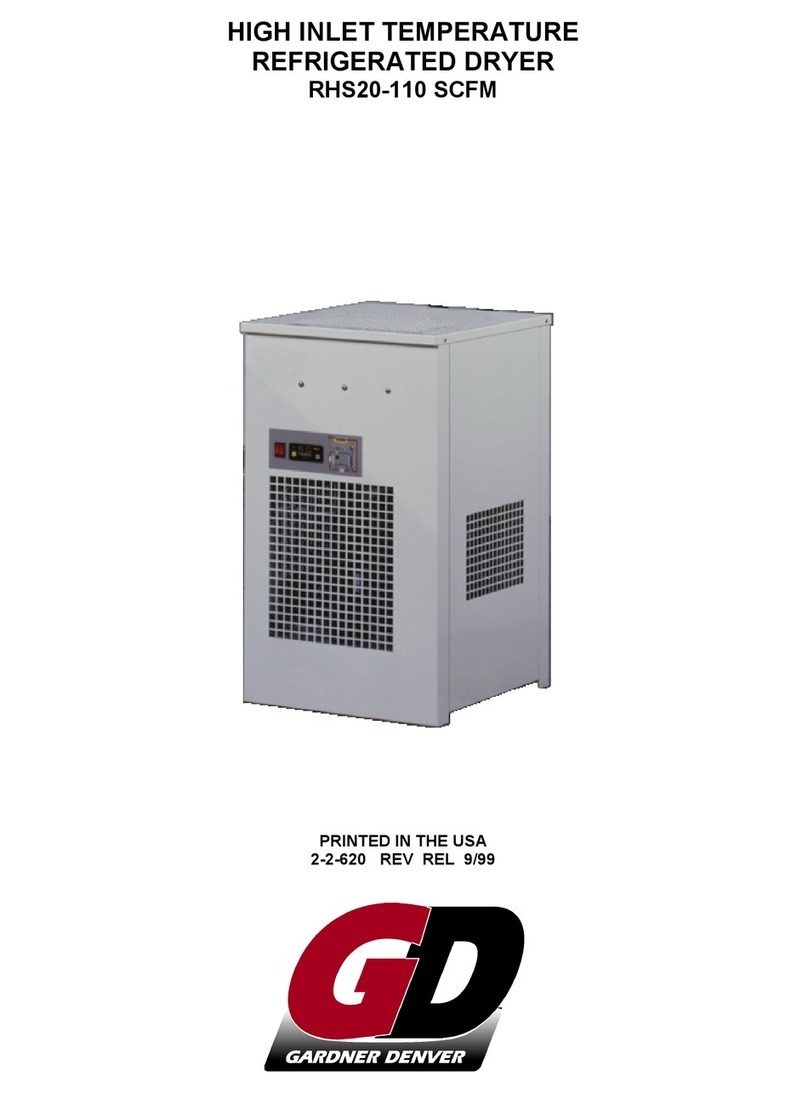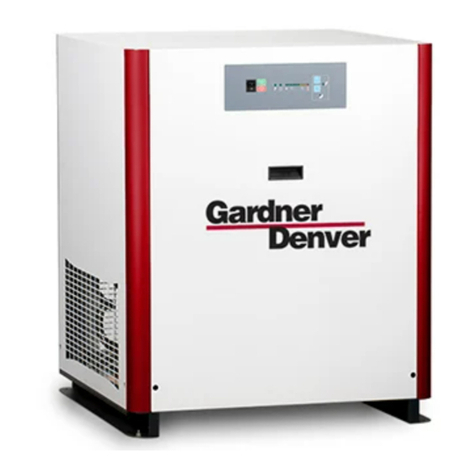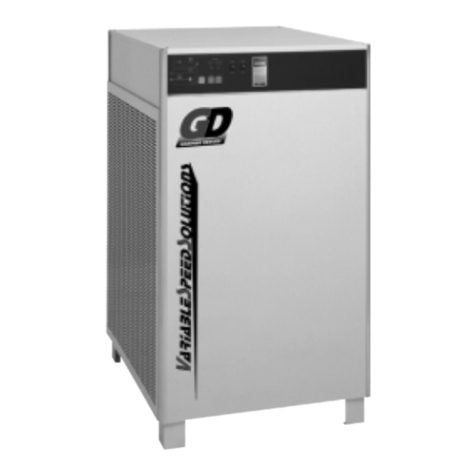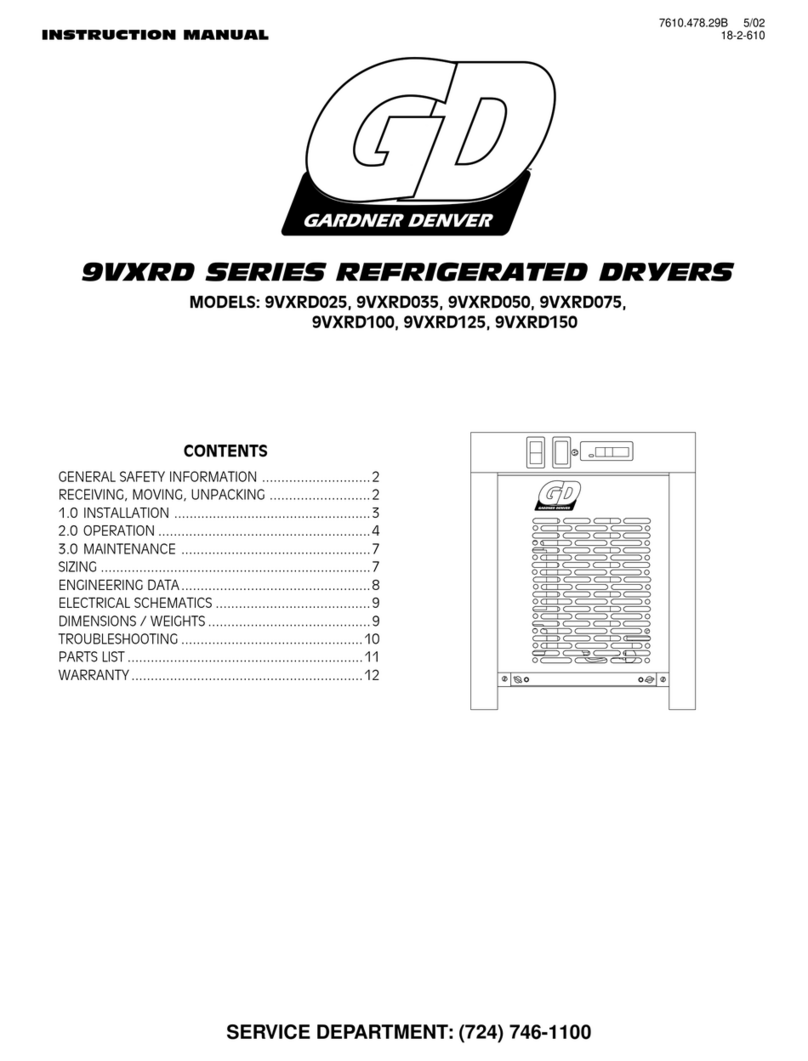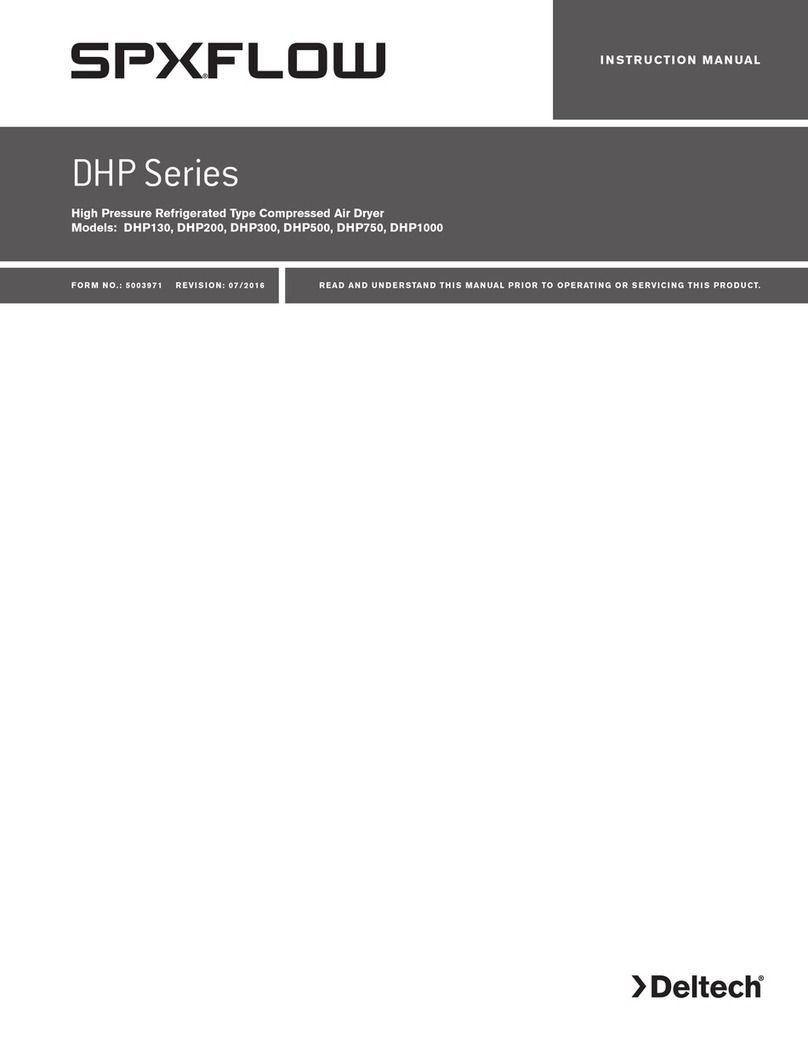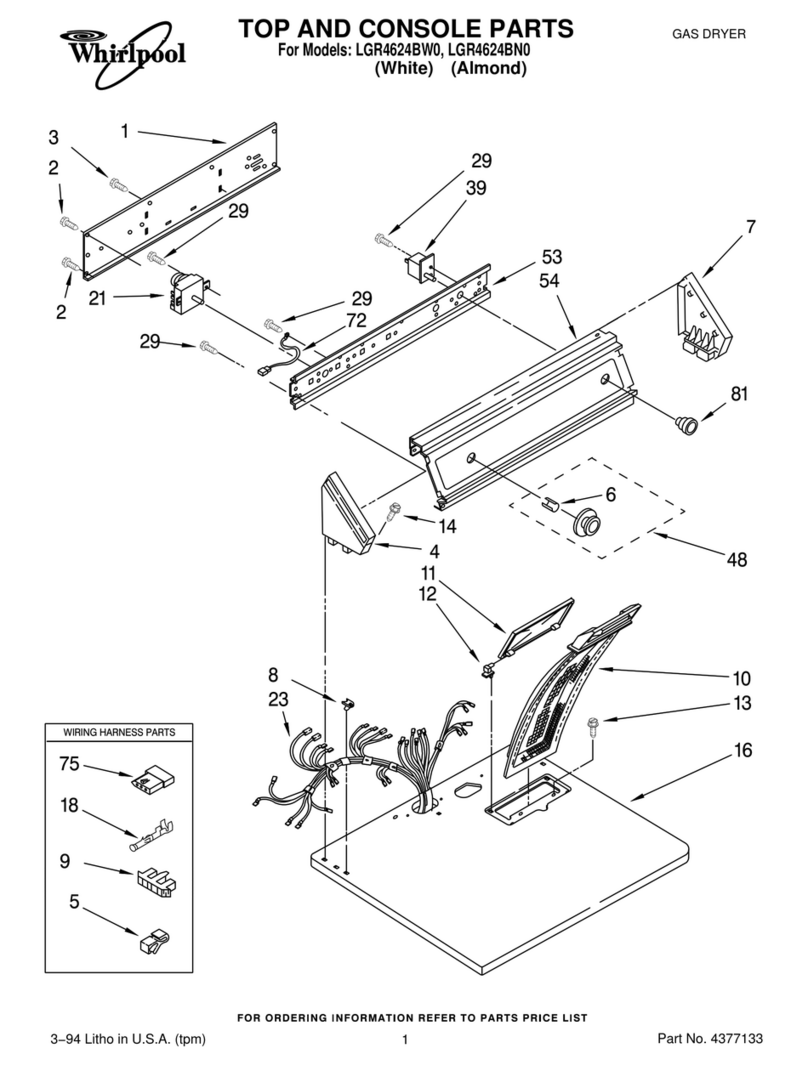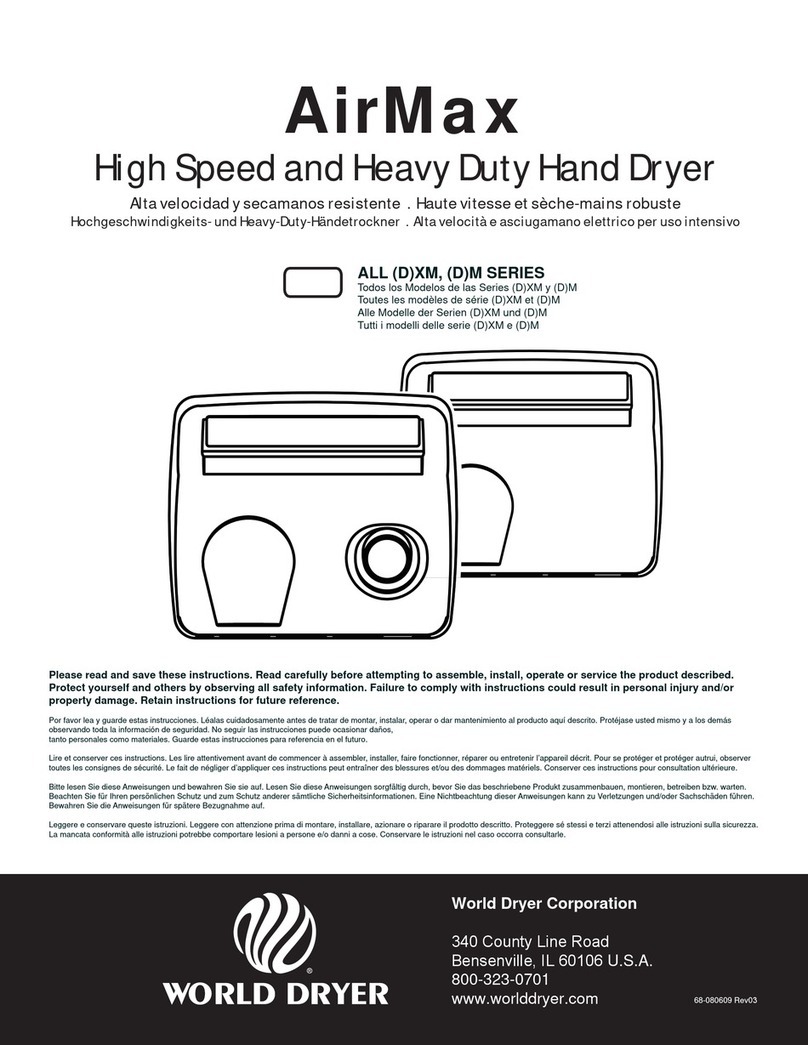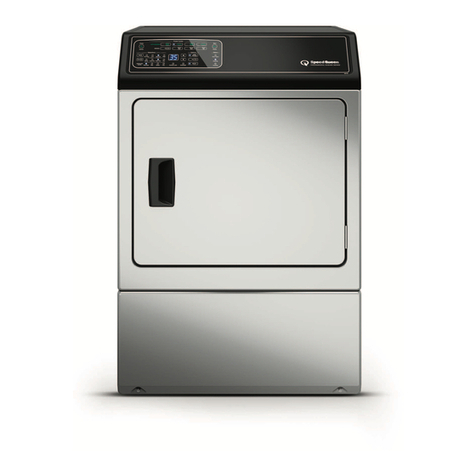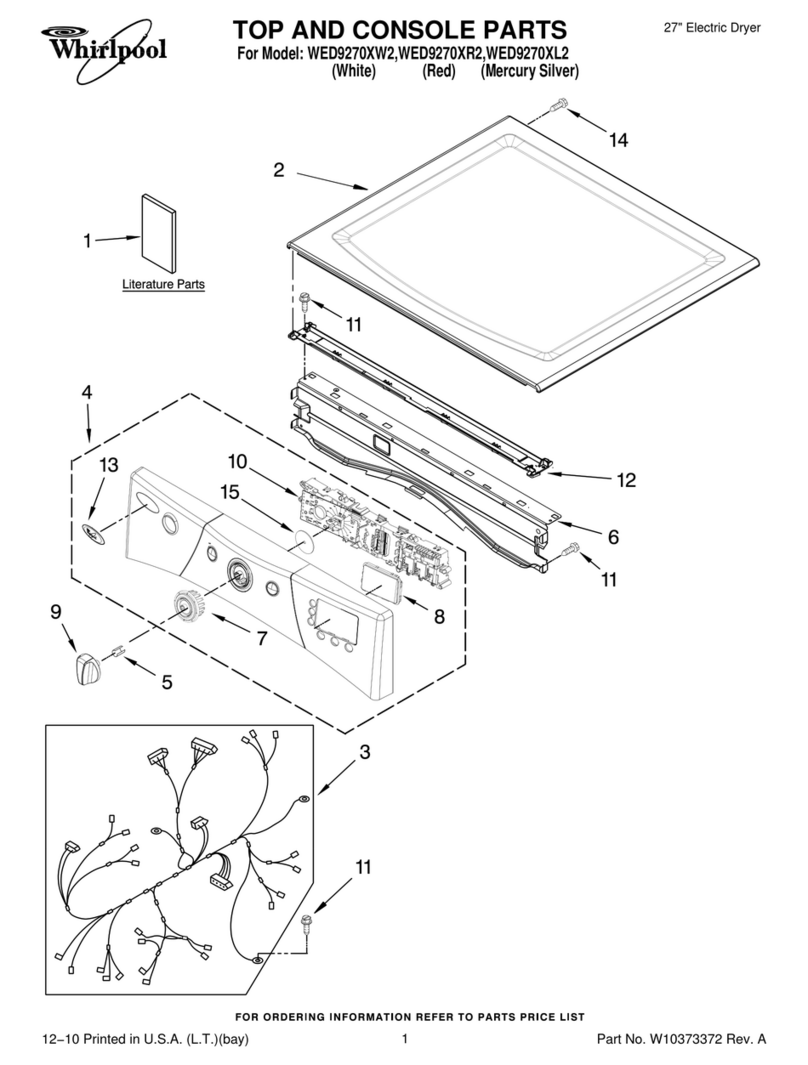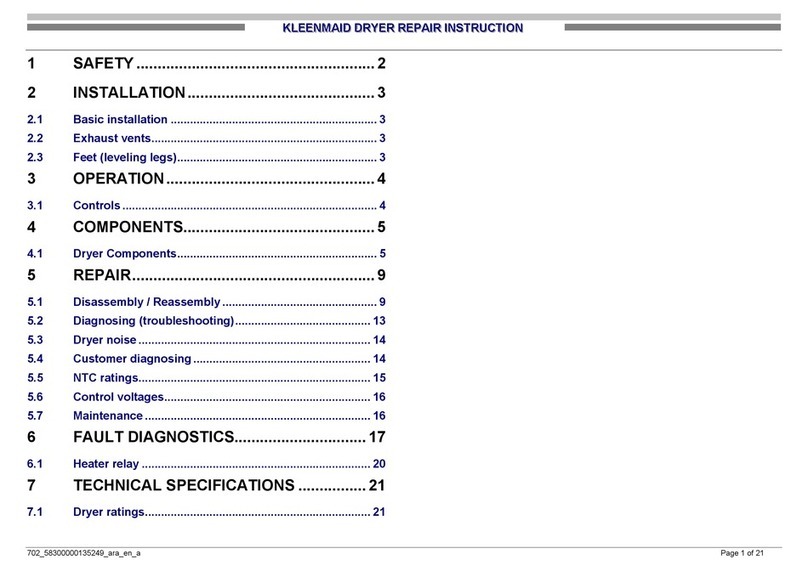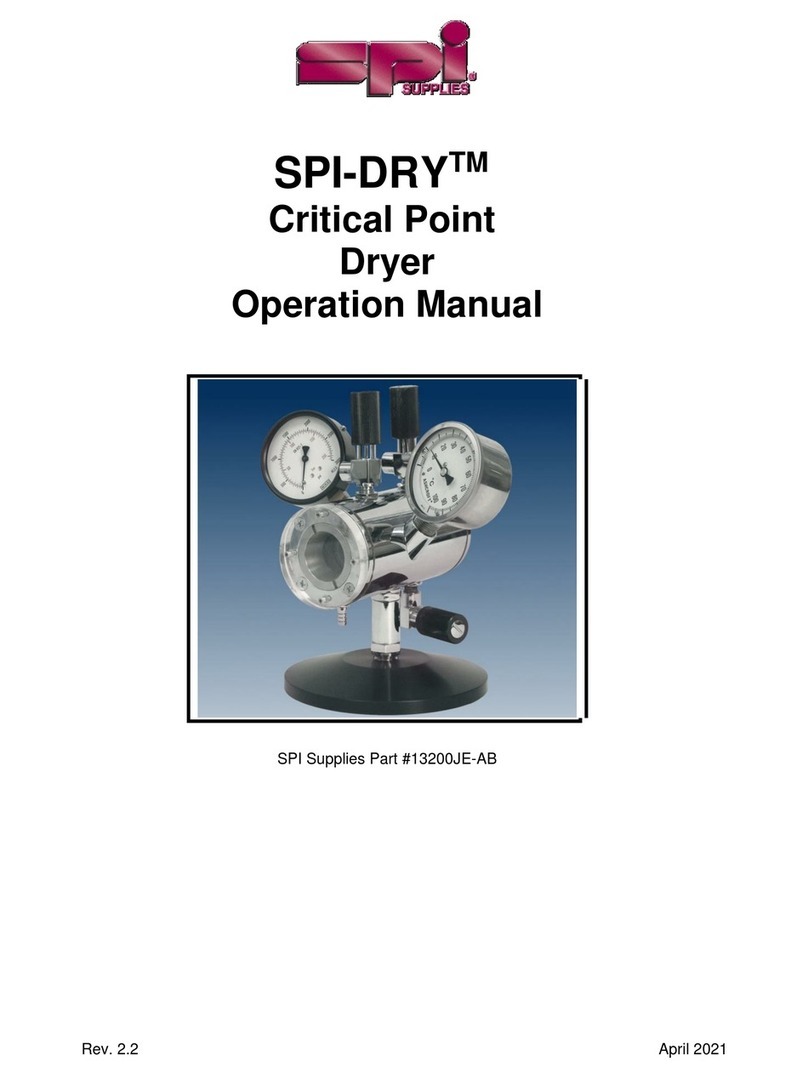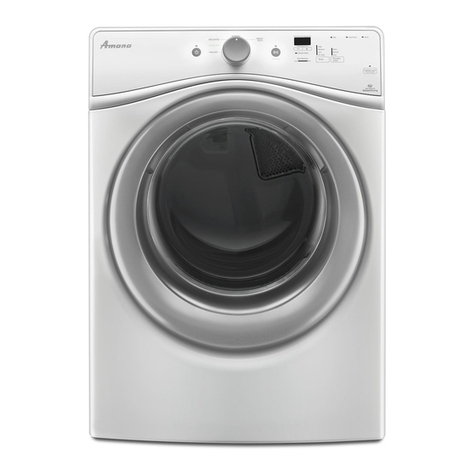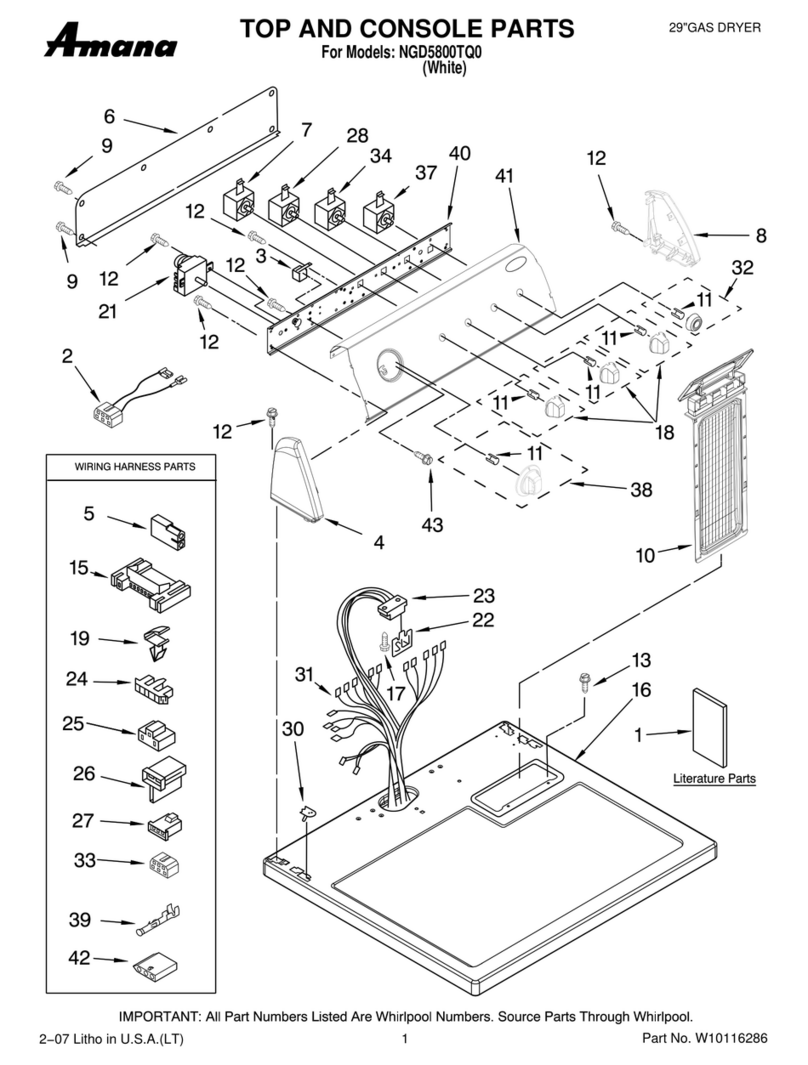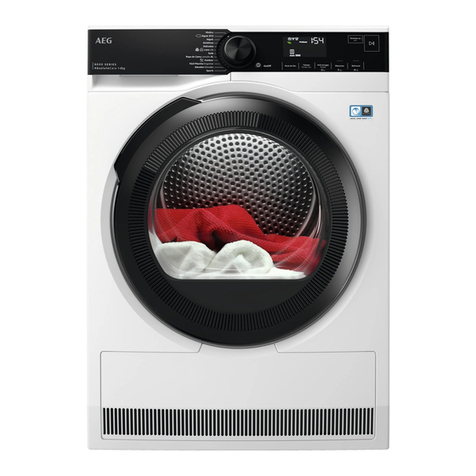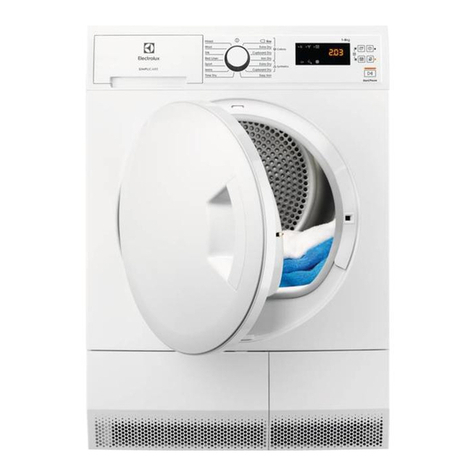
- 10 -
RDS Series —50-1000 SCFM
Installing the Dryer
Section 4
4.0 Location
DO NOT INSTALL DRYER IN AN ENVIRONMENT OF
CORROSIVE CHEMICALS, EXPLOSIVE GASSES,
POISONOUS GASSES, STEAM HEAT, AREAS OF
HIGH AMBIENT CONDITIONS, OR EXTREME DUST
AND DIRT.
Install the dryer in a protected, well ventilated area
where the ambient temperatures are between
40 degrees and 100 degrees F. The dryer will
generate the amount of heat listed in the heat rejection
column of the specification table. It must be installed in
an area that has ventilation and air flow sufficient to
handle the required heat removal.
FAILURE TO INSTALL DRYER IN THE PROPER
AMBIENT CONDITIONS WILL AFFECT THE DRYERS
ABILITY TO CONDENSE REFRIGERANT GAS. THIS
CAN CAUSE HIGHER LOADS ON THE
COMPRESSORS, LOSS OF DRYER EFFICIENCY
AND PERFORMANCE, OVERHEATED CONDENSER
FAN MOTORS, ELECTRICAL COMPONENT
FAILURE, AND DRYER FAILURE DUE TO THE
FOLLOWING: COMPRESSOR LOSS, FAN MOTOR
FAILURE, AND ELECTRICAL COMPONENT
FAILURE. FAILURES OF THIS TYPE WILL AFFECT
WARRANTY CONSIDERATIONS.
Install the dryer in a clean, dry, non-corrosive
environment. Clearance around the dryer should
be no less than 12" on all sides to ensure room for
maintenance and proper air circulation to air cooled
components. Some jurisdictions have codes requiring
specific clearances around equipment. Check with
all local authorities to ensure compliance with all
applicable state, local, and national codes.
Refrigerated air dryers have water present in them at all times.
Fumes from compounds such as formaldehyde, carbon dioxide,
sulfur compounds, and ammonia will combine with water in the
dryer to form acids such as carbonic, sulfuric, and nitric which
are extremely corrosive to the dryer. Install the air inlet to the air
compressor in a manner that ensures that corrosive fumes are
not introduced into the air system.
DRYER FAILURE DUE TO ACID OR CORROSIVE SUBSTANCE
ATTACK IS CONSIDERED OWNER ABUSE AND WILL NOT
BE COVERED AS A WARRANTY ITEM. IT IS THE USERS
RESPONSIBILITY TO ENSURE THAT AIR SUPPLIES ARE
CLEAN AND CONTAMINANT FREE.
Install the dryer indoors. Dryers are not meant to be
installed outdoors exposed to the weather. If the dryer
must be installed outdoors, it must be in a weatherproof
enclosure that provides for adequate air flow to the dryer.
Position the dryer in an upright position on a solid, level,
vibration free surface capable of supporting the dryers
weight. Rubber isolation pads should be installed between
the dryer and the surface it is placed on.
Connect the inlet and outlet piping to the dryer using the
markings on the dryer as a guide. Pipe size for dryer is
specified in the specification table. Piping should be full
flow if possible with the least amount of turns, bends, or
reductions. If the dryer is connected to a machine with
excessive vibration, flexible connections should be used
to isolate the dryer from the rest of the system.
Use dielectric unions to isolate copper from iron piping and
reduce possibility of electrolytic action on pipes and other
iron components.
All pipe should be deburred and threaded to a proper depth
and length before installation. Threads should be inspected
for cleanliness and depth of cut. Good quality pipe
compound should be used in the makeup of joints to
ensure a good, airtight fit of piping components.
Pipe should be anchored separately from the dryer. At no
time should the dryer be expected to support the weight or
load of the pipe. Acceptable pipe mounting devices would
be unistrut supports anchored to walls, hangers suspended
from ceilings, or pedestals mounted from the floor. Be sure
all pipe installation conforms to all building and fire codes.
4.1 Piping and Connections
Caution
Caution

